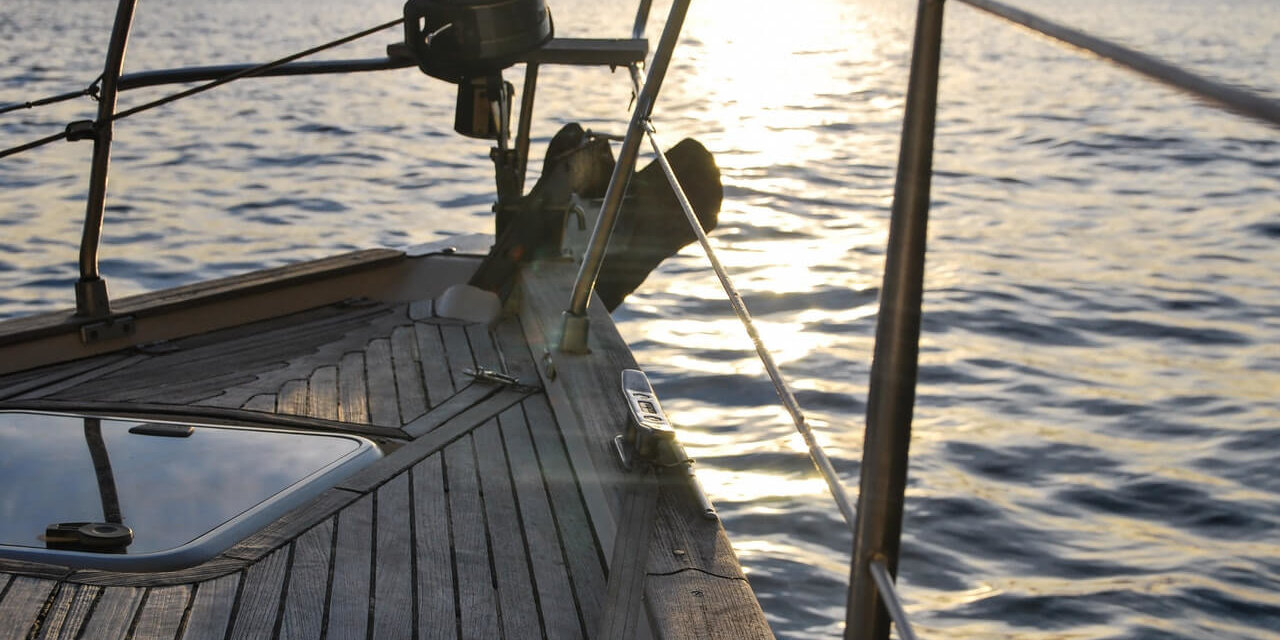
Sydney: West’s gateway to Asia
by Phil Burgess, Unabridged from the Rocky Mountain News, December 1, 1995
SYDNEY, Australia — Viewed from the U.S. or Europe the rapidly growing economies of the Asian Rim are attractive but often bewildering markets.
Asia-Pacific markets are attractive because, taken together, their economies are nearly as large as the U.S. — and they are growing very rapidly. According to a report released this week, the 10 major Asian economies, excluding Japan, are forecast to grow about 7.4% in 1996 — down from 8.4% in 1994. China heads the pack at 8.4% — followed by Malaysia, 8.2%; Thailand, 7.9% South Korea, 7.7%; Singapore, 7.1%; Indonesia, 6.9%; Taiwan, 6.7%; India, 6.6%; Philippines, 5.8% and Hong Kong, 5.4%. Even though the brisk growth of the past decade is slowing as these economies pay more attention to the environment and to managing problems of inflation and external debt, they are still among the fastest-growing economies in the world, building water systems, hospitals, schools, airports, highways, sports facilities and consumer goods to meet the rising expectations of a rapidly growing middle class.
But these rapidly growing Asian nations, with their many cultures and languages, are also bewildering. That’s why increasing numbers of North American and European enterprises are choosing Australia as a base camp or platform for launching their business operations into Asia.
Australia is a comfortable place for North Americans and Europeans. It has an immigrant, multicultural society, but its values and traditions reflect its Anglo-Saxon roots and English is the official language. Yet the Australians have increasingly close relations with their Asian neighbors as Australian trade with Japan and other Asian markets has topped trade with the United Kingdom and Europe.
While Perth and Melbourne are the cities of choice for many off-shore companies, leading multinationals increasingly locate their Australasian base camp in Sydney — including companies like Dow Corning, IBM, H.J. Heinz, Microsoft, Novell and the six largest international accounting firms.
Sydney, one of the world’s most beautiful cities, is a dynamic, cosmopolitan global hub of 3.7 million people and host to the year 2000 Olympic games. Located around a harbor of breathtaking beauty and surrounded by rugged hills, it is like Seattle, amplified to the fourth or fifth power — with good weather to boot.
Sydney is home to 49 of the nation’s 100 largest companies and is the nation’s commercial and financial center. Sydney is also the capital of New South Wales, one of the six Australian states. The economy of New South Wales alone is about the size of Hong Kong, twice the size of New Zealand, and larger than Malaysia, Singapore and the Philippines. Result: Sydney has a well-educated and work-ready labor force and the professional technical and managerial talent needed to staff a regional headquarters of a major corporation.
According to a recent study, Sydney is the most multicultural city in the Asia-Pacific region. Result: It has the connections, know-how and language skills that are needed by Western companies reaching out to new markets in the region. Reasonably priced office space coupled with excellent telecommunications, sea links and airline connections (40 airlines fly 200 weekly flights to 45 international destinations) help cement Sydney’s growing reputation as an Australasian gateway for Americans and Europeans doing business in Asia.
Sydney is now an established global hub built on talent, connections, know-how and lifestyle. Other cities in western North America that aspire to global hub status — e.g., Vancouver, Denver, Salt Lake City, Portland, Phoenix — can learn a lot from this brash and bustling gateway to the world’s fastest growing markets.
Get the Bonus Years column right to your inbox
We take your inbox seriously. No ads. No appeals. No spam. We provide — and seek from you — original and curated items that make life in the Bonus Years easier to understand and easier to navigate.
Other posts from the Annapolis Institute:
More from Phil:
